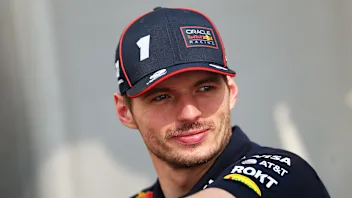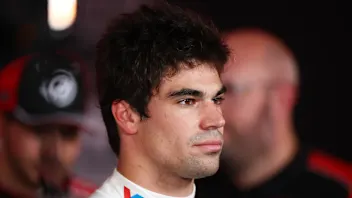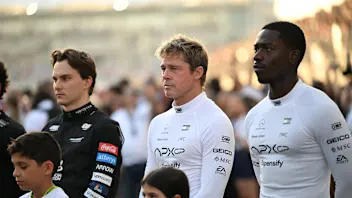THE STRATEGIST: Did one split second decision cost Ferrari a 1-2 in Singapore?

The Singapore Grand Prix finally brought us a winner who wasn’t a Red Bull driver with Ferrari's Carlos Sainz dominating the race from start to finish. He was joined on the podium by Lando Norris and Lewis Hamilton – but should it really have been Sainz’s team mate Charles Leclerc on the second step?
What could Ferrari have done differently to seal a 1-2 finish at the Marina Bay night race? Ex-Aston Martin race strategist Bernie Collins delves into the data to see if it could have been an even better night for the Scuderia in Singapore…
Next Up
Related Articles
 Celebrating the first F1 Allwyn Global Community Awards
Celebrating the first F1 Allwyn Global Community Awards Verstappen confirms new number for 2026 season
Verstappen confirms new number for 2026 season Verstappen reflects on Mercedes talks and F1 future
Verstappen reflects on Mercedes talks and F1 future Stroll opens up on 'noise' that has followed him in F1
Stroll opens up on 'noise' that has followed him in F1 ExclusiveHow APXGP was brought to life by costume designer Julian Day
ExclusiveHow APXGP was brought to life by costume designer Julian Day ExclusiveWhy Gasly feels ‘ready for my time’ in F1
ExclusiveWhy Gasly feels ‘ready for my time’ in F1
